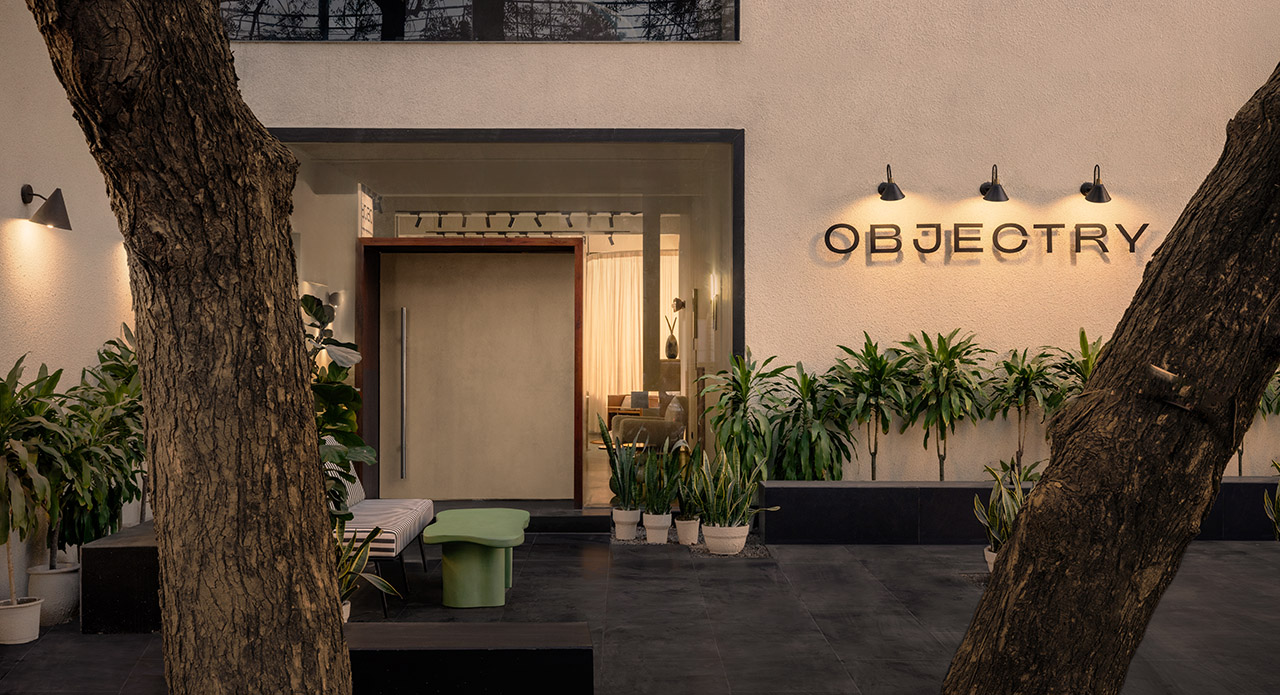The wedding invitation landscape has changed dramatically. A token card has transformed into an immersive multi-media experience. Digital and animated invites now allow couples to tell their stories through motion and sound. AI has entered the chat, adding another dimension to wedding invites and RSVPs. The whole wedding invitation multi-verse has moved on from a handwritten invite, to a wedding date announcement, teaser, elaborate concepts and more. Ten years ago, what began as a wedding invitation invite for a friend, turning into Itchha Talreja’s career of choice. For Talreja, the creative spark began much earlier—making handmade birthday cards as a child. “When you love something, it never feels like work,” she says. Today, a decade later, she has made a name for herself designing bespoke wedding invitations that are a mix of artistry and innovation.
Building a place in the industry, however, wasn’t easy. Designer wedding invitations were seen as a luxury, with most couples opting for mass-produced cards from wholesale markets. With no digital platforms to showcase her work and the high cost of producing printed invites, Itchha took an unconventional route—designing event flyers at a fraction of the cost to build her portfolio and gain recognition.

Over the years, her design philosophy has evolved alongside the industry. What started as bold, layered, and maximalist patterns has now become more fluid and balanced. Uncommon shades like rosebud, Wedgwood, and pistachio have become her signature. “I’m still not big on pastels,” she says, “but I’m always open to exploring new colors and ideas.”
Upon being asked if she considers herself a maximalist designer, she candidly responds, “I wouldn’t call myself a maximalist, and I’m definitely nowhere close to being a minimalist. I sit somewhere in between — let’s just call it maximinimal.”

From those first handmade cards to becoming a leading name in the wedding industry, Itchha’s journey over the past decade is a testament to creativity, resilience, and an unwavering passion for design. In her decade in the industry, she has designed cards for the likes of Radhika and Anant Ambani, Rakul Preet and Jackie Bhagnani, Parineeti Chopra and Raghav Chadha, Aaliyah Kashyap, among others. While embracing current industry-driven innovations, Itchha remains committed to craftsmanship. “An invitation isn’t just a card—it’s a concept-driven artwork. It takes months of research and careful revisions to get it right,” she explains.
Looking ahead, Itchha sees a future where technology and craftsmanship work hand in hand. With a growing demand for eco-friendly designs, her brand is expanding beyond invitations into gifting and stationery, with an e-commerce platform set to launch later this year.
Outlook Luxe caught up with her for a freewheeling chat on the wedding design industry as it has evolved in the country.

1. Where do you draw inspiration from when creating custom pieces?
Inspiration is everywhere. For me, it usually comes from everyday life — the simple, easy moments that just flow. I travel a lot too, and a lot of ideas come from the cities I visit, their architecture, the people I meet, and the stories they carry.
2. Do you specialise in any particular printing techniques (e.g., letterpress, foil, embossing)?
Each invite and design needs a different kind of printing, and we love exploring that. We try to incorporate various print techniques in all our work — from screen printing to foiling, embossing, and debossing — there’s always something fun to play with.
3. What does “luxury” mean to you when it comes to invitation design?
Luxury, for me, isn’t about being loud or covered in gold. I believe in quiet luxury — where the design speaks for itself and printing elevates it. Print techniques shouldn’t be used just for the sake of looking rich. Like with foiling, you can’t just foil everything — it has to be intentional. There’s a fine line between something that feels refined and something that feels overdone.

4. How do you balance tradition with innovation in your work?
India is deeply rooted in tradition, and I feel wedding invites should reflect that. But staying true to our roots doesn’t mean using the same old motifs or loud colors. It can be a fresh take — modern design and aesthetics, blended beautifully with Indian elements and details.
5. Do share memories of designing for notable public figures.
We’ve been fortunate to work with some truly notable personalities over the years. One of my favourites has to be Mrs. Ambani — a true perfectionist with an incredible eye for detail. The depth of knowledge she brings is inspiring, and there’s so much I’ve learned through the experience.
6. What’s the most intricate or challenging invitation you’ve ever created—and what made it so?
One of the most intricate and detailed pieces we’ve worked on was a recent invite designed around South Indian temple architecture. We crafted a box entirely in gold tones, using a beautifully sourced antique gold paper. The design featured embossed textures, delicate windows with gold mirror accents, and tiny brass bells — all coming together to create a rich, luxurious South Indian feel.

7. Can you share a behind-the-scenes moment that people might be surprised to learn about this industry?
Absolutely! One of the most surprising things about the invitation design and production industry is how much of it still relies on skilled human craftsmanship. While people often assume that everything is done using high-end, state-of-the-art machines, that’s only part of the picture.
Take screen printing, for example—it’s not just a process, it’s an art form. Each piece is meticulously printed by hand by artisans who have spent years perfecting their technique. It’s not something that just anyone can do; it requires a deep understanding of the medium, a steady hand, and a trained eye. No machine can replicate that level of finesse and attention to detail.
Even the smaller, more intricate elements—like hand-tying tiny bells or attaching charms on invites—are all done manually.
8. How do you stay inspired and avoid creative burnout in such a detail-heavy craft?
Burnout is real, and honestly, one of my biggest fears. That’s why we’re careful not to overburden ourselves and take on only a limited number of projects. I also take my holidays seriously — everyone needs time to switch off. As a creative, overworking doesn’t just drain you, it takes the joy out of creating and can silence the ideas before they even begin.







